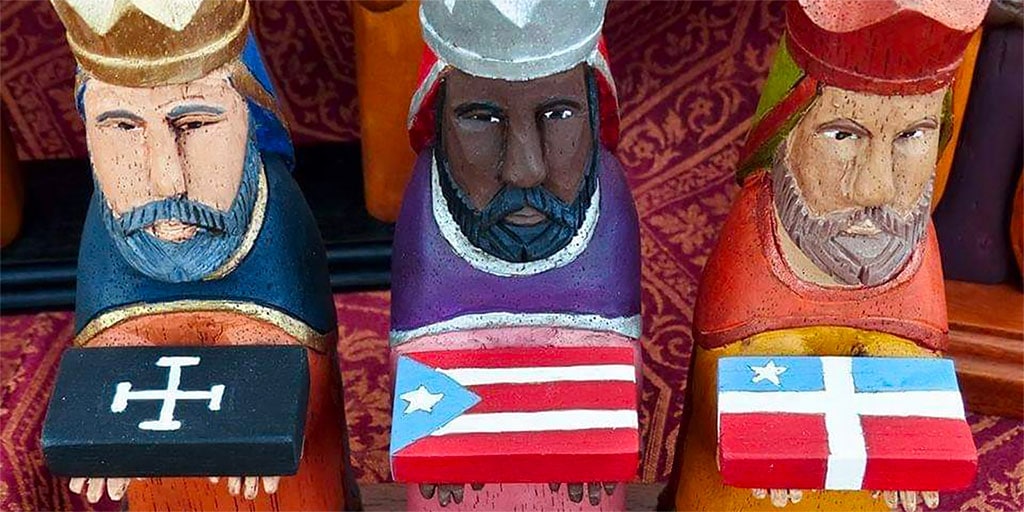PRIDA’S National Puerto Rican Artisans Fair & Book Expo goes virtual during the COVID-19 Pandemic at comitenoviembrevirtualfair.org on Saturday-Sunday, November 21-22, 2020. It’s been extended to all year long.
#WeArePRIDA #ComiteNoviembre2020 #ComiteNoviembreVirtualFair
December 12, 2020 ~ The fair has been extended all year long.
National Puerto Rican Artisans Fair & Book Expo
The Fair is “national” because artists are invited from across the Puerto Rican diaspora.
Selling things from tables and booths, or kiosks, is normal in Puerto Rico. People turn all kinds of outdoor spaces into street markets by putting up an umbrella, tent or table.
In a way, this is New York City’s version of the San Sebastian Festival in Old San Juan, the “SanSe” which turns an artisan’s fair into a world-famous street party.
We just realized this year that this is a collaboration of some of New York City’s most important Puerto Rican institutions including PRIDA the Puerto Rican Institute for the Development of the Arts, El Museo del Barrio, Centro de Estudios Puertorriqueños at Hunter College (CUNY), Eugenio Maria de Hostos Community College (CUNY) and others.
This is Caribbean Art
We categorize the fair as both a literary fair and an art fair. Some of our New York art friends might say this is not art, but it is. You can’t look at Caribbean art the same way you look at European art. They come from completely different value systems. Indigenous art is made from a different set of materials with different sensibilities.
Indigenous art is made from natural materials. In the old times, things made in the islands were made simply because they were likely to be washed away in the next big hurricane. We get wiped out by a big one every ten or twenty years.
The only thing that lasts is stone carvings. There are still petroglyphs all over Puerto Rico. Artisans rework these Indigenous symbols in their art made with simple materials. This is powerful.
Most Indigenous peoples did not have a lust for possessions. Caribbean life is not about acquiring stuff, it’s more about living with nature, family and friends. Simple things are the most beautiful.
If you need a New York art world context, this is outsider art (art created outside an art world context). Interestly, the French love outsider art.
Los Santos de Puerto Rico

Many Puerto Ricans display Three Kings figures in their homes. They represent both faith and our multicultural heritage.
The three in the photo represent the European, African and Indigenous heritage that makes us Puerto Rican. This figure also represents the history of Puerto Rico in flags with the colonizer’s Spanish cross, the Puerto Rican independence flag of 1894 and the first Puerto Rican flag from “El Grito de Lares,” the original independence movement of the mid-1800s.
The Grito de Lares flag is similar to the flag of the Dominican Republic. The Puerto Rican independence flag uses a light blue like the skies over the island. The current dark blue flag (not shown) represents the United States Commonwealth established in 1952.
It looks like a handicraft, but there is a lot of meaning in it. Going back to our Indigenous roots, Taíno art was not done just for communication. It marked the sacred nature of the object and the place.
Still today, Puerto Rican artisans breath a little of their own life force into the objects they make with their own hands. It’s very special. One of the few places you can get this kind of art in New York City is at PRIDA’s National Puerto Rican Artisan’s Fair and Book Expo.
PRIDA’S National Puerto Rican Artisans Fair & Book Expo
comitenoviembrevirtualfair.org Saturday-Sunday, November 21-22, 2020
EXTENDED ALL YEAR LONG
¡Feliz Fiestas!
